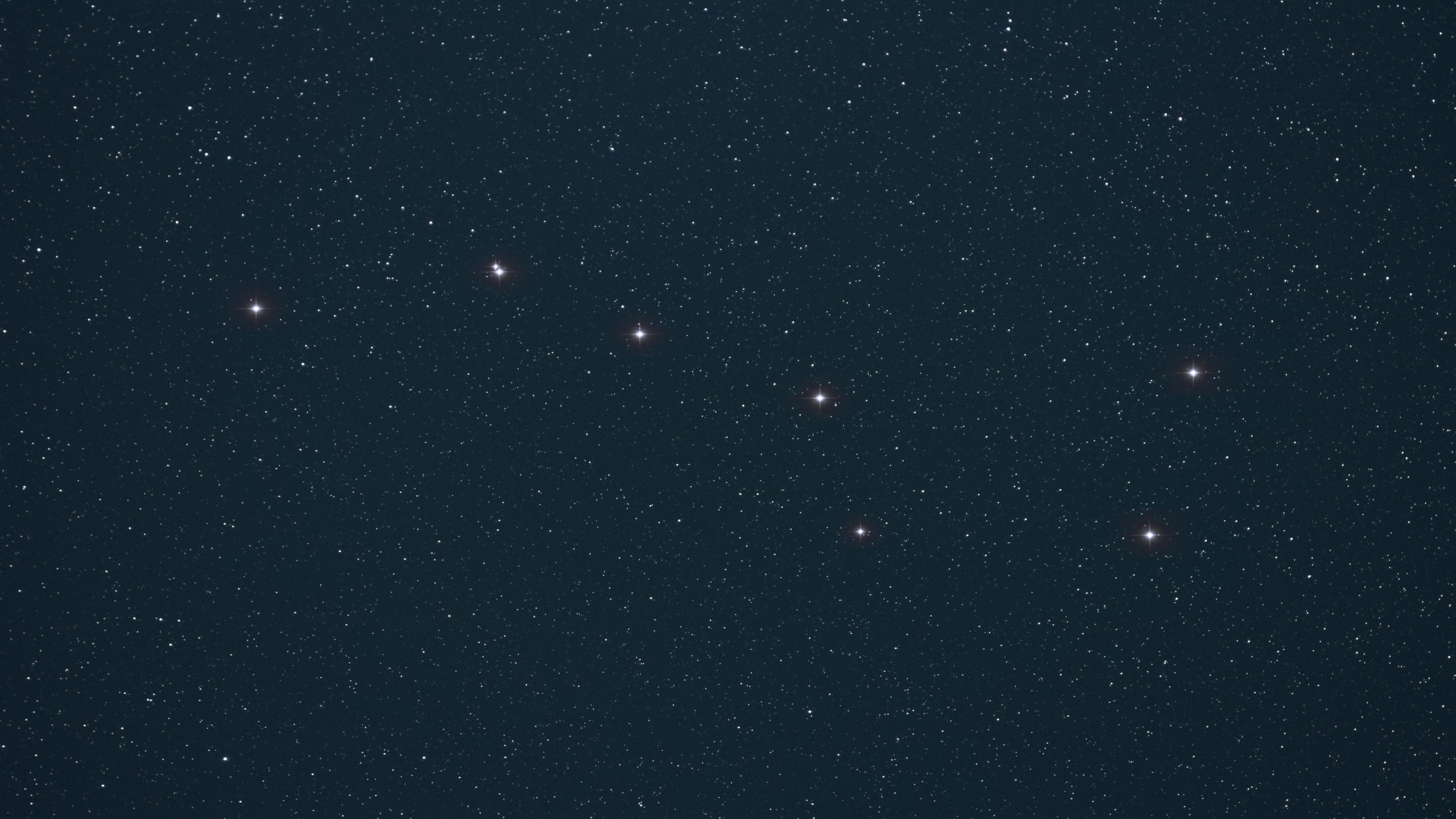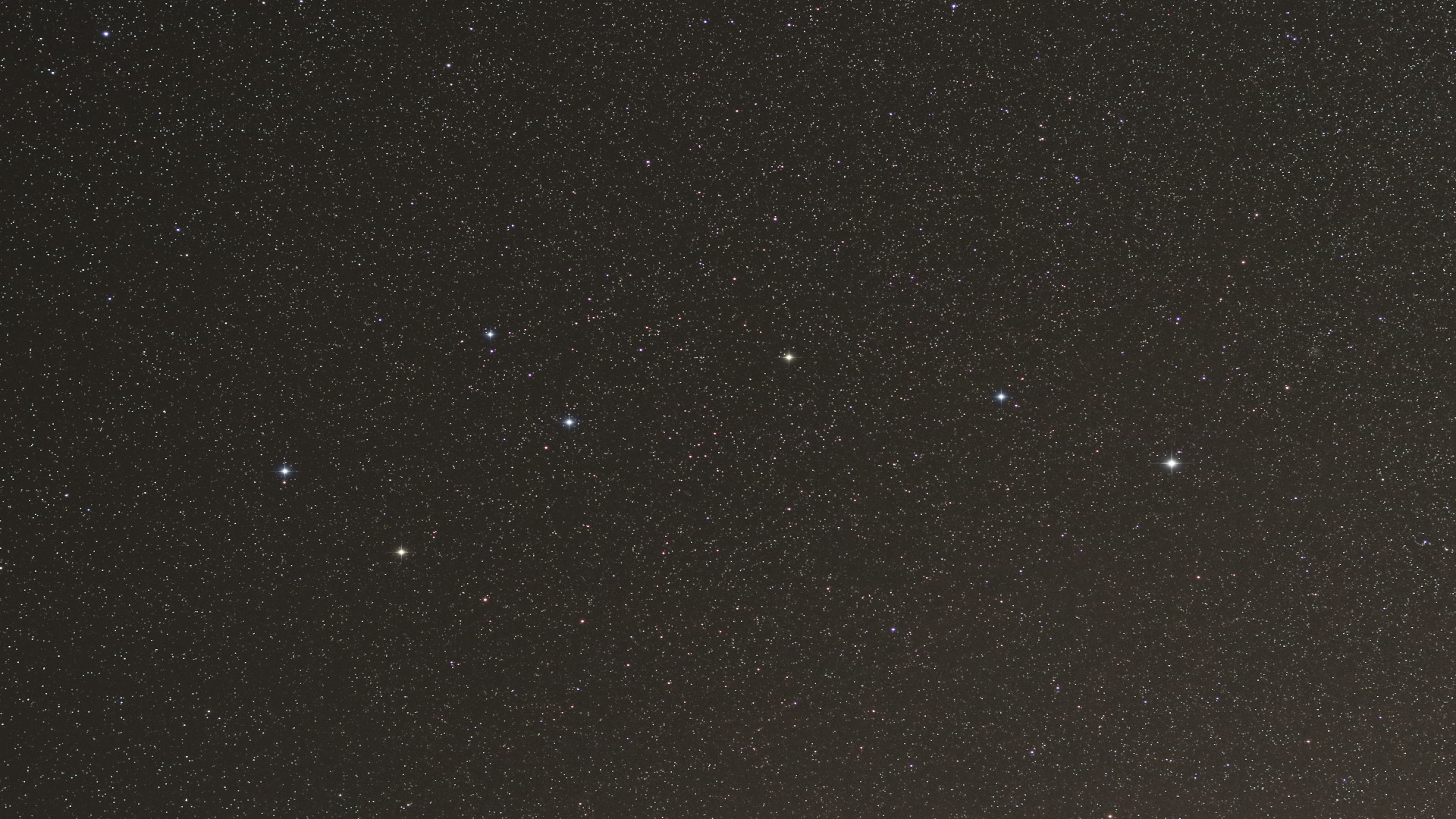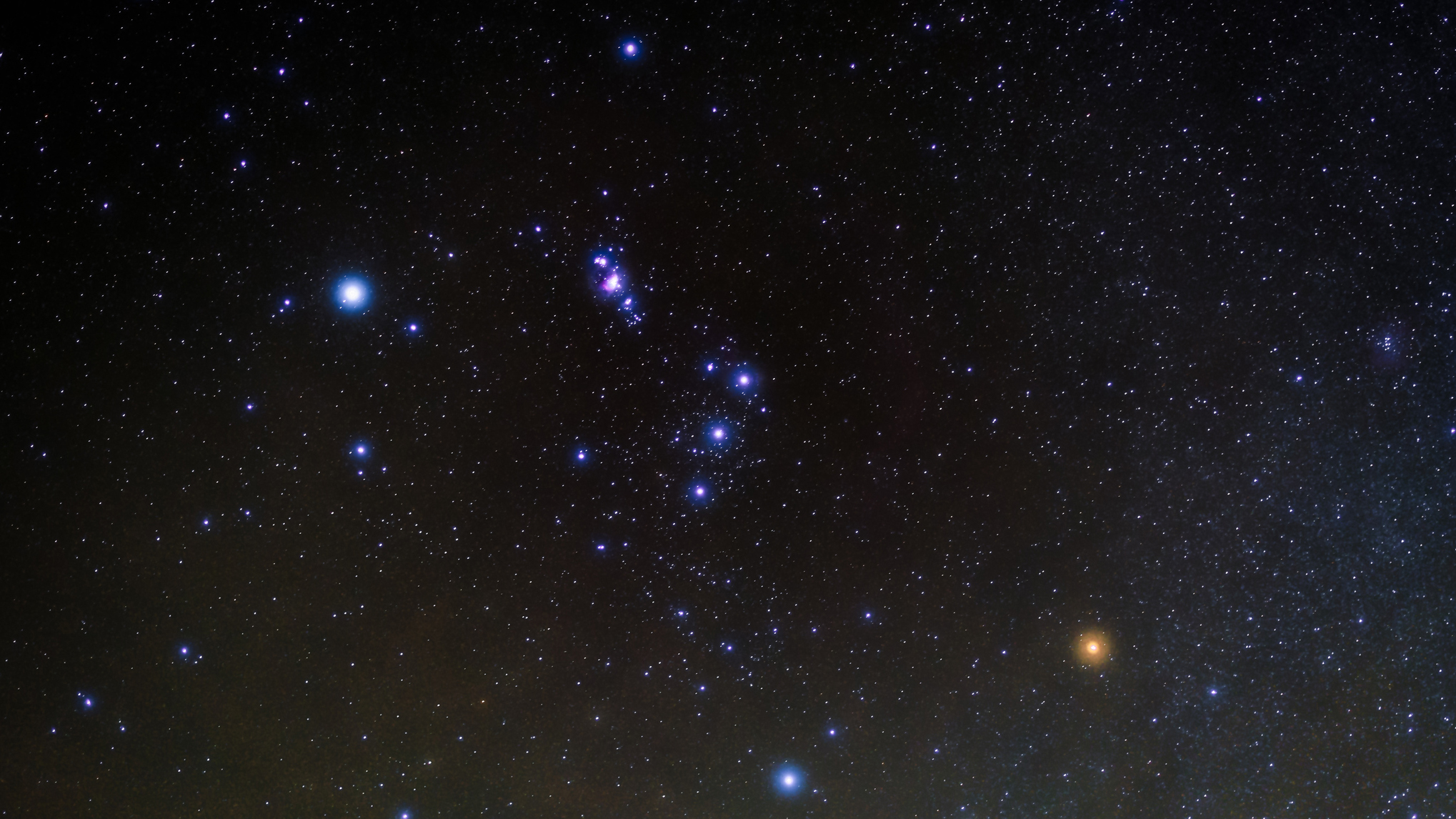How to navigate by the stars: the fundamentals of celestial navigation
Learning how to navigate by the stars is great fun, plus it could also save your skin if you lose your compass or GPS device

The laws of physics that have sculpted the places we love to explore. It's the Moon's gravity that causes our regular tides, without which coastal walking would certainly be less interesting. Earth's continued geologic activity, powered by the heat from the planet's chaotic formation and the decay of radioactive elements, continues to lift mountains in to the sky – the Himalayas grow by around 2 to 3 inches every year.
Our mountain lakes were left behind by mighty glaciers, the water of which was likely delivered to our planet by planetesimals and asteroids during the Late Heavy Bombardment, almost 4 billion years ago. In fact, every element on Earth was forged in a dying star and, in the case of each element that's heavier than iron, much of what we're made of was created in unimaginably powerful supernova explosions, when massive stars reach the end of their life.
The point we're getting at is that the Earth and the stars we see at night are linked in a much more powerful way than most of us imagine and the laws of physics allow us to use this celestial display to enhance our own knowledge of our place in the Universe. As well as this, we can use our understanding of the night sky and the fact it too is governed by the laws of physics to enhance our knowledge of our place on Earth. Or, in other words, to navigate.
Yes, you can use the patterns in the night sky to effectively know which direction you're heading in. Learning how to navigate by the stars takes a little practice, but once you’d got the basics down, on clear nights you’ll be able to do your nocturnal wandering with confidence and without the aid of a map and compass.
Meet the expert

Our esteemed former editor Kieran has adventured on multiple continents and has an avid interest in the astronomy. Here, he reveals his expert tips on how to use the cosmos to aid your own navigation.
Today's best deals
How to navigate by the stars in the Northern Hemisphere
- Familiarize yourself with the night sky's most notable costellations
- A star finder app can assist with this

The most fundamental step to learning how to navigate by the stars is familiarizing yourself with the night sky’s most notable constellations. A little bit of stargazing will help you to get to know our cosmic neighbors – while a star finding app can also be extremely useful.
While there are many constellations that can come in handy, the most easily identifiable – and those most useful for backcountry navigators in the northern hemisphere – are Ursa Major and Ursa Minor.
Ursa Major: Also known as the Great Bear, this constellation is home to a group of seven bright stars that are easily located on clear nights in the northern hemisphere. Collectively, these stars are known as the “Big Dipper” or "The Plough" and form the shape of a roughly hewn saucepan or ladle. The two stars that form the outward side of the pan’s container (called Merak and Dubhe) can be used to find Polaris, aka the North Star.
All the latest inspiration, tips and guides to help you plan your next Advnture!

Ursa Minor: This smaller sibling of the Ursa Major, cutely known as the “Little Bear”, contains a group of stars dubbed the Little Dipper. Like the Big Dipper, this collection of stars has a saucepan-like shape, making it fairly easy to identify. The Little Dipper is also essential for celestial navigation in the northern hemisphere because the North Star is the last star on the Little Dipper’s “handle”.

If you’re a budding stargazer, check out our guide to the northern hemisphere night sky, where you’ll find a more detailed explanation of the stars, planets and galaxies visible north of 0° latitude.
How to find true north using the Big Dipper and Little Dipper
- Start by locating the Big Dipper. As mentioned above, this group of stars looks like a large, slightly crooked saucepan
- Draw an imaginary line between the two outermost stars in the constellation, which together form the outer edge of the pan
- Extend your imaginary line roughly five times the distance between these two stars and you should be just a fraction to the left of the North Star (Polaris)
- For confirmation that the star you’ve located is indeed Polaris, check that it lies at the tip of the 7 stars that form the Little Dipper
How to navigate by the stars in the Southern Hemisphere
The southern hemisphere’s lack of an equivalent to the North Star makes celestial navigation down south a little bit trickier than in the upper portion of the planet. However, a south bearing can be found using the constellation Crux.
Crux: Better known as the Southern Cross, this is a tiny constellation of five stars that vaguely form the shape of a cross or, to some eyes, a kite. Crux contains one of the southern hemisphere’s brightest stars – Acrux – and is visible from latitudes of about 33 degrees south and southward.
How to find celestial south using the Southern Cross

- Start by locating the Southern Cross
- Draw an imaginary line from the top of the cross to the bottom
- Continue south, extending your line by roughly five times the cross’s height
- The end of this imaginary line gives you a ballpark bearing on south that can then be used to establish the other cardinal directions
Using constellations visible in both hemispheres

Whichever side of the Equator you happen to be doing your navigating in, the constellation Orion – aka “The Hunter” – can be used to determine the direction of True North.
Here’s how it’s done:
- Start by finding Orion and the bright trio of stars that form Orion’s Belt
- Find the three stars above Orion’s Belt that form Orion’s shoulders and neck. The central star in this trio is called Meissa
- Trace an imaginary line from the central star in Orion’s belt towards Meissa, missing Meissa a fraction to the right. This line gives you the rough direction of True North
Former Advnture editor Kieran is a climber, mountaineer, and author who divides his time between the Italian Alps, the US, and his native Scotland.
He has climbed a handful of 6000ers in the Himalayas, 4000ers in the Alps, 14ers in the US, and loves nothing more than a good long-distance wander in the wilderness. He climbs when he should be writing, writes when he should be sleeping, has fun always.
Kieran is the author of 'Climbing the Walls', an exploration of the mental health benefits of climbing, mountaineering, and the great outdoors.

